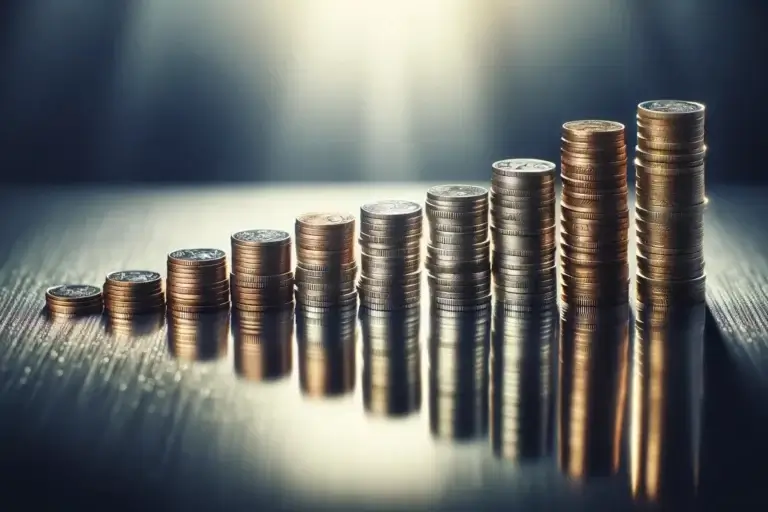The Power of Compounding – How Small Investments Grow Big
The Power of Compounding is a powerful financial concept that can turn small, consistent investments into substantial wealth over time .Albert Einstein famously called compound interest the “eighth wonder of the world.” He said, “He who understands it, earns it; he who doesn’t, pays it.”
In this post, we’ll explore what compounding is, how it works, and why starting early is crucial for maximizing its benefits.
What is Compounding?
Compounding is the process where the returns on your investments start generating their own returns. In simple terms, it’s “earning interest on interest.”
Example:
- Year 1: You invest ₹10,000 at an annual return of 10%. You earn ₹1,000.
- Year 2: Your investment becomes ₹11,000. Now you earn 10% on ₹11,000, which is ₹1,100.
- Year 3: Your investment grows to ₹12,100, and so on.
Over time, this snowball effect leads to exponential growth in your wealth. It might not be significant in the short term, but the compounding slope grows steeply when you aim for the long term (like 20+ years). To see the compounding curve in action, check out our Compound Interest Calculator.
I’m pretty sure you have studied the topic of compound interest in your early school days, but only if we were told about the power of it back then instead of solving stupid problems for our mathematics exam. Better late than never, so lets dive right in:
How Compounding Works
- Principal: The initial amount of money you invest.
- Rate of Return: The percentage of annual growth.
- Time: The longer you stay invested, the more powerful compounding becomes.
Formula for Compound Interest:
A=P(1+r/n)nt
Where:
- A: Final amount
- P: Principal
- r: Annual interest rate
- n: Number of times interest is compounded per year
- t: Time in years
Why is Starting Early Important?
Time is the key ingredient for compounding to work its magic. The earlier you start, the more your money can grow.
Example of Two Investors:
- Investor A: Starts investing ₹5,000/month at age 25 and stops at 35 (invests for 10 years).
- Investor B: Starts investing ₹5,000/month at age 35 and continues till 55 (invests for 20 years).
Assuming a 10% annual return:
- Investor A: Total invested = ₹6,00,000; Final amount = ₹95,51,000 at age 55.
- Investor B: Total invested = ₹12,00,000; Final amount = ₹63,26,000 at age 55.
Investor A invests half as much but ends up with significantly more wealth because of starting early.
The Rule of 72
The Rule of 72 is a quick way to estimate how long it will take for your investment to double.
Time(in years)=72/Annual Return Rate
- At 8% return, your money doubles in 9 years.
- At 12% return, your money doubles in 6 years.
Compounding in Real Life
- Systematic Investment Plans (SIPs): Investing small amounts monthly in mutual funds.
- Reinvesting Dividends: Instead of withdrawing dividends, reinvest them to benefit from compounding.
- Retirement Accounts: Start early with retirement funds like PPF or EPF for exponential growth.
Mistakes to Avoid
- Starting Late: Delaying investments reduces the time for compounding to work.
- Interrupting Investments: Withdrawing frequently breaks the compounding cycle.
- Ignoring Inflation: Choose investments with returns that beat inflation.
How to Harness the Power of Compounding
- Start Now: No matter how small, begin your investment journey today.
- Be Consistent: Invest regularly, even during market fluctuations.
- Think Long-Term: Compounding rewards patience, so avoid the temptation of short-term gains.
- Reinvest Returns: Always reinvest your earnings for maximum growth.
Conclusion
Compounding is the foundation of wealth creation. By starting early, investing consistently, and staying patient, you can unlock its full potential and secure your financial future.
Remember, it’s not about how much you invest initially—it’s about how long you stay invested. So why wait? Start your compounding journey today.
Stay tuned for our next blog, where we’ll delve into Asset Classes – Understanding Your Investment Options and help you choose the right avenues for your financial goals.



